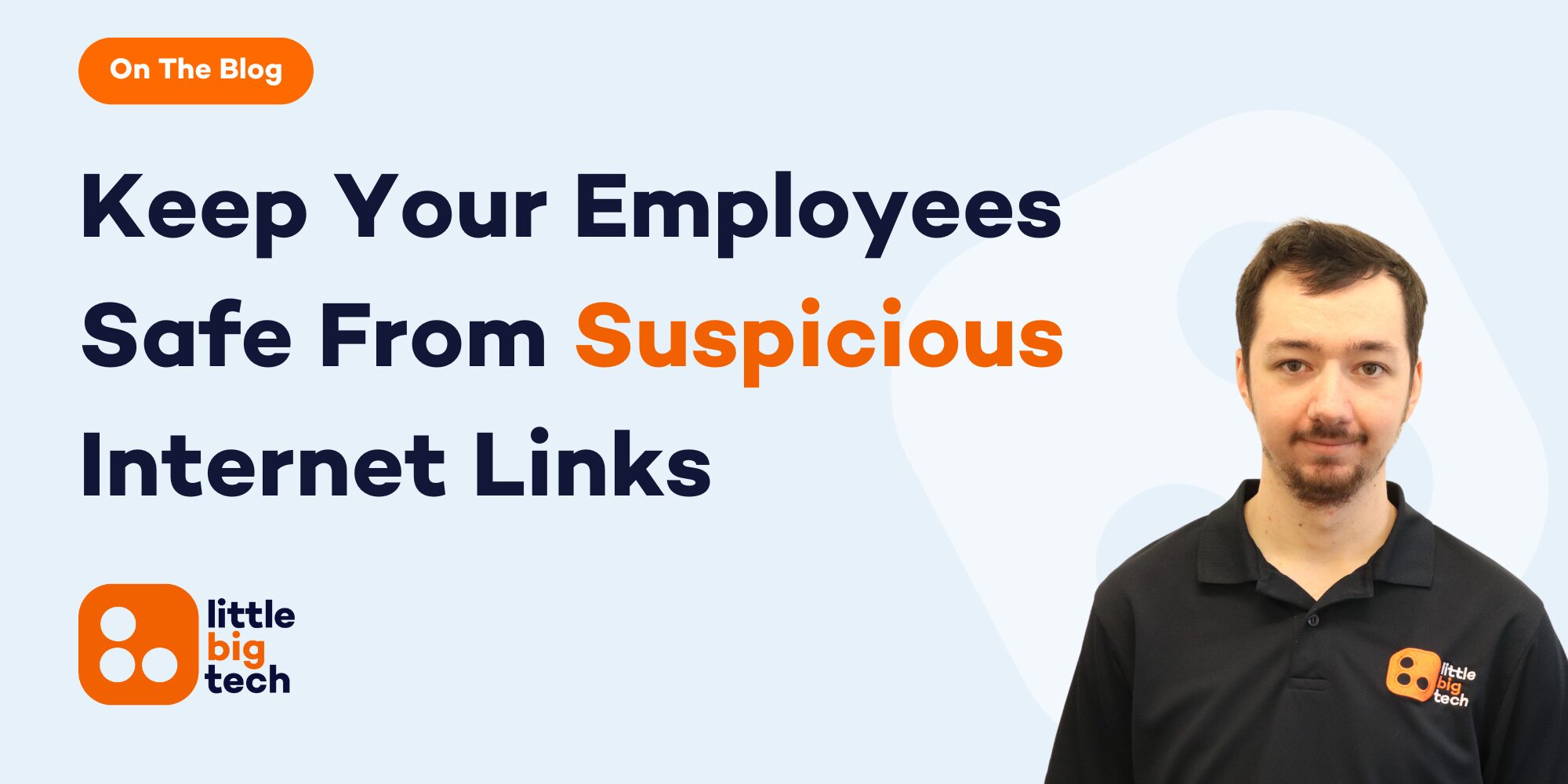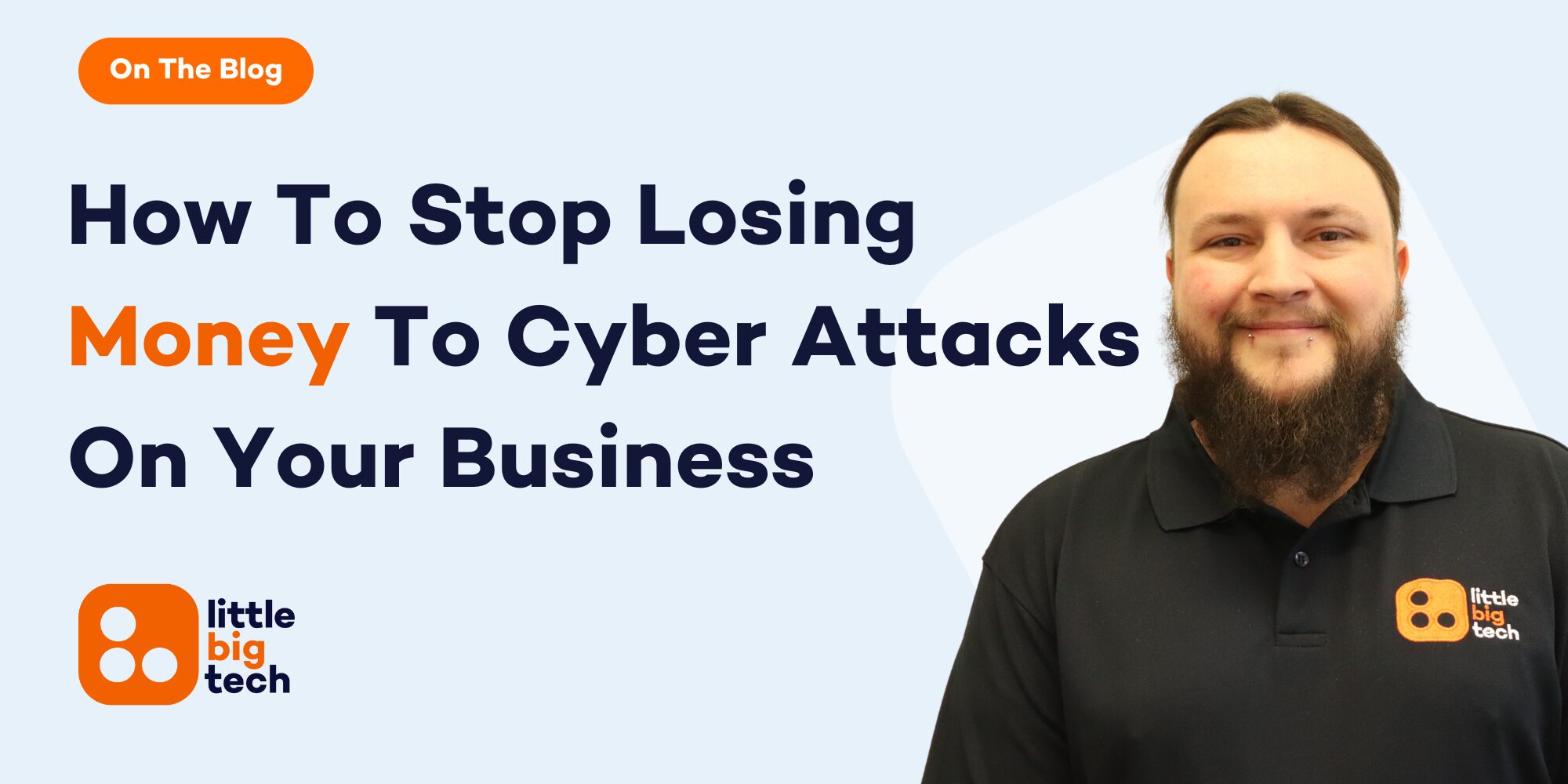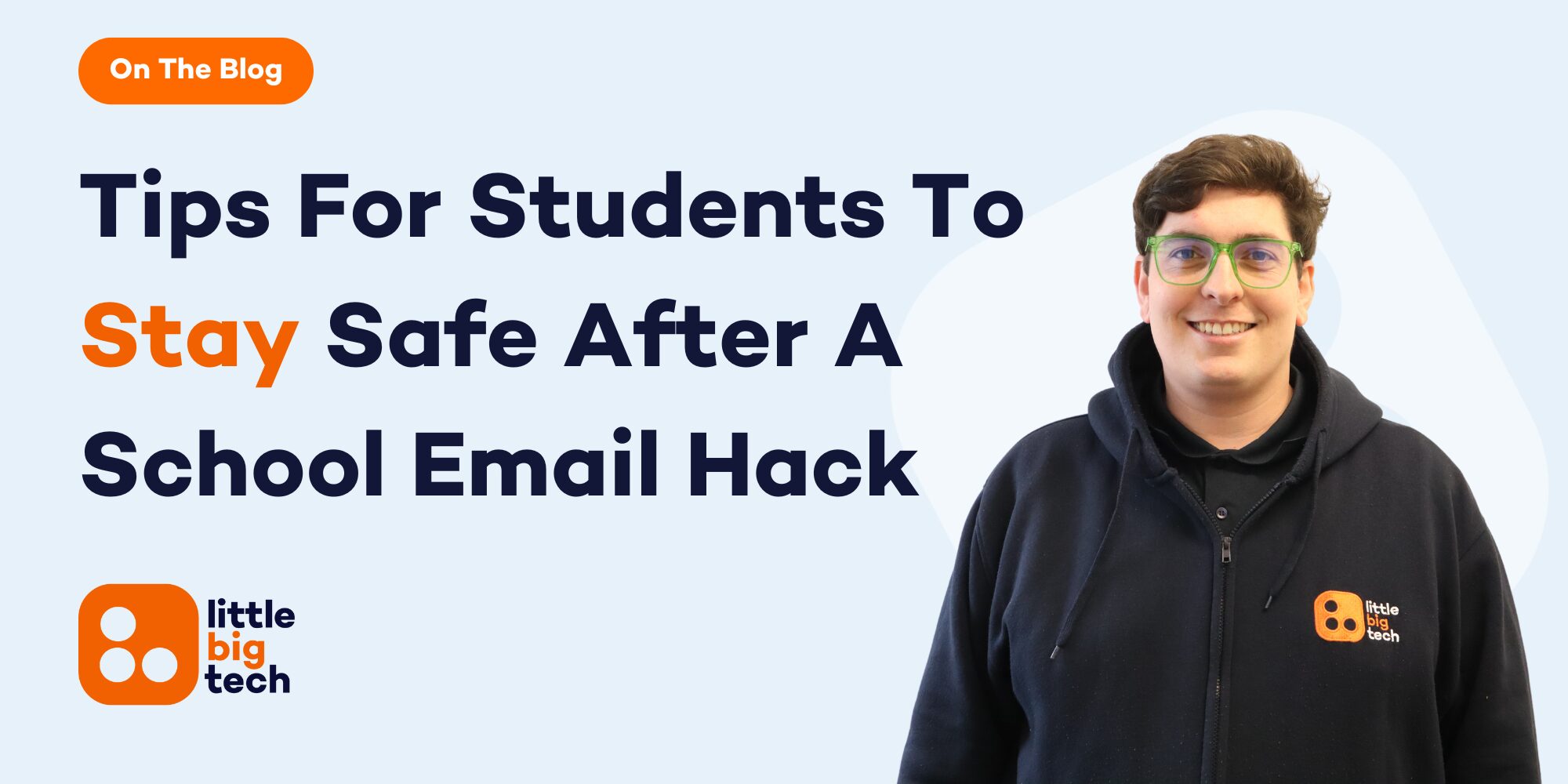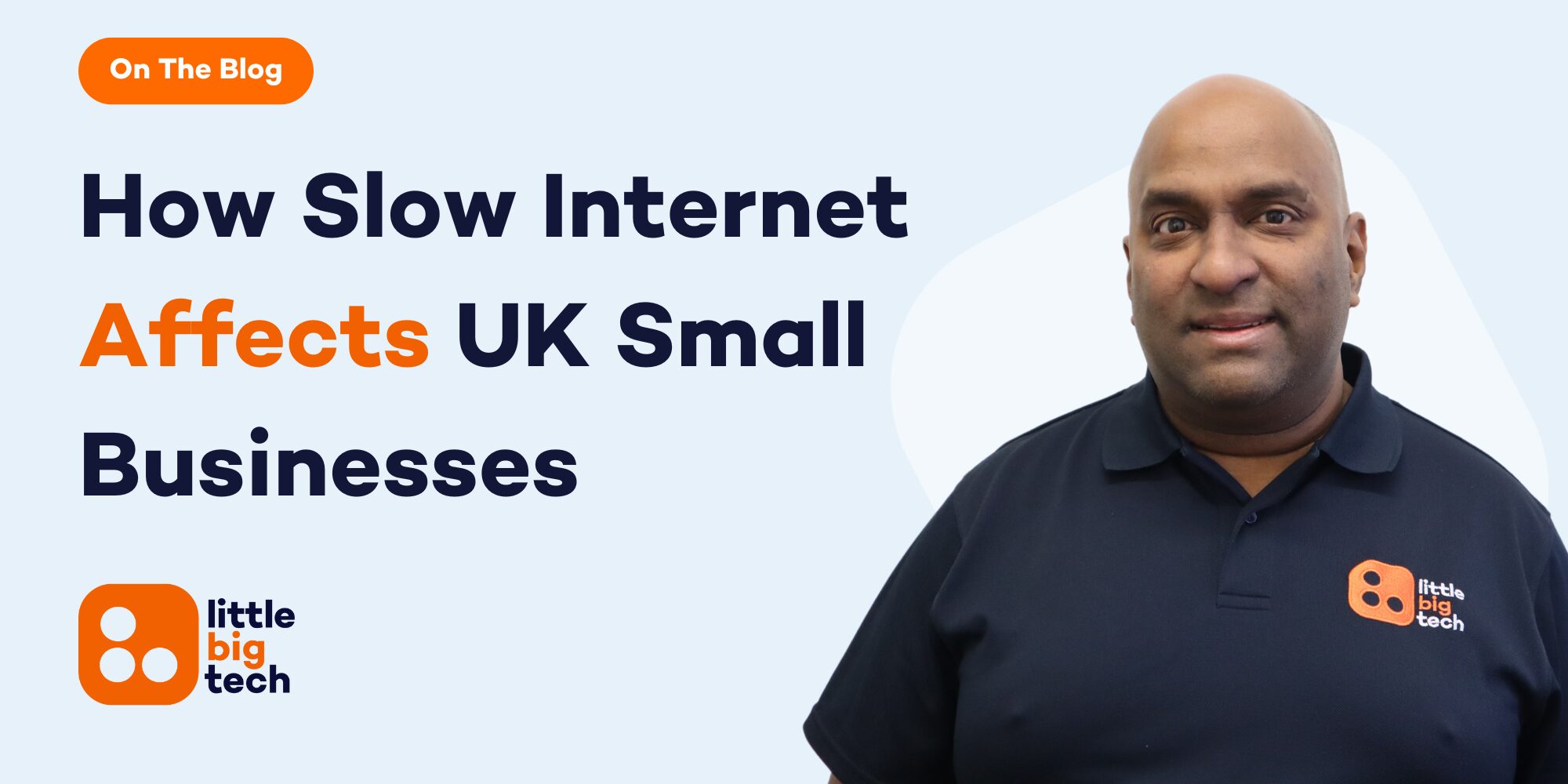What is Public WiFi, and is it really safe to use? Public WiFi is a wireless internet connection that anyone can join in places like hotels, cafes, airports and even public transport. It’s free and easy to connect to, but there’s a catch. Most public WiFi networks are not secure. That means hackers and data thieves can snoop on your activity without you knowing.
When you connect to unsecured WiFi, your passwords, emails and even bank details can be exposed. You might think you’re just checking the news or replying to a work email, but if a hacker is watching, they could be recording everything. That’s why it’s so important to understand what public WiFi really is, how it works, and how to protect yourself.
What is public WiFi? This guide will show you the risks you face when using open WiFi networks and how to stay protected without needing to switch off completely. We’ll explain the difference between secure and unsecured WiFi, the warning signs of a risky connection, and the simple tools you can use to stay safe—especially when working, banking or shopping online.
If you’ve ever connected to free WiFi while out and about, this is for you. The truth is, public WiFi is helpful, but only when you know how to use it properly. We’ll walk you through what every smartphone or laptop user needs to know today.
Let’s begin with how public WiFi works, and where the real dangers begin.
How Does Public WiFi Work And Why Is It Risky?
Public WiFi lets your device connect to the internet without needing a password or home router. But just because it’s easy to use doesn’t mean it’s safe. In fact, the very thing that makes it easy also makes it dangerous.
Open access means no protection: Most public WiFi networks don’t use strong passwords or encryption. This means your data is visible to others on the same network. If a hacker is also connected, they can see what websites you visit, the emails you send, or even steal your passwords.
Anyone can set one up: You might think you’re connecting to the café’s real WiFi, but it’s very easy for someone to create a fake network with a name like “Free_Coffee_WiFi”. These are called fake hotspots, and once you’re on one, your activity is wide open.
Your device might trust it too much: Some smartphones and laptops are set to “auto-connect” to networks they’ve used before or ones with common names. Hackers can copy these names to trick your device into reconnecting without your knowledge.
No firewall = full exposure: On your home WiFi, you likely have some sort of firewall or built-in router protection. Public networks don’t offer this. So when you’re connected, it’s just you and the open internet. No buffer. No shield.
Sensitive activity becomes risky: Using public WiFi to log into bank accounts, access work files or shop online is risky. Anything that requires passwords, personal details or payment information should never be done over an unsecured connection.
Your apps could betray you: Even if you’re not actively browsing, some apps run in the background and exchange data with their servers. This could include your location, messages, or account info. On public WiFi, this data could be intercepted.
In short, public WiFi is not just a simple way to get online. It’s a doorway. And if you don’t know who else is standing on the other side of that door, you could be letting in trouble.
What Is Public WiFi Security And Why Does It Matter?
Public WiFi security is all about how protected your device and personal data are when you connect to open internet networks in places like cafés, hotels, airports or trains. The problem is, most of these networks have little to no proper security. And that’s where the danger lies.
No encryption means open data: When a WiFi network is encrypted, it scrambles the information that moves between your device and the internet. But public networks often skip this step. That means if you send a password, bank detail or even a personal message, it could be seen by anyone watching.
The “free” comes at a cost: These networks are often managed by third parties with very little oversight. No one is really checking who’s connecting or what they’re doing. So hackers can sit quietly on the same network and steal information without being noticed.
Passwords don’t equal protection: Just because a network asks for a password doesn’t mean it’s safe. If hundreds of people know the password, like in a hotel or airport, the network is still open to risk. It’s like locking a door but handing out the key to everyone in the room.
Device safety depends on your settings: Many people assume that antivirus software is enough, but public WiFi risk starts before any virus appears. If your device has file-sharing turned on, or if your firewall is off, you’re making it easy for someone to slip in and access your files or spy on what you’re doing.
Why does it matter? Because you can lose much more than just your internet connection. You can lose your private data, your online accounts, and even your money. And the worst part? You may not even know it’s happening until it’s too late.
Business users are especially at risk: If you’re working remotely or travelling with a work laptop or phone, one unsafe connection could lead to big problems. Company emails, client information or private documents can all be exposed.
Understanding public WiFi security isn’t just a tech topic. It’s about protecting yourself, your money, and your reputation every time you connect away from home.
Common Tricks Hackers Use On Public WiFi To Catch You Out
Public WiFi might seem harmless, but it’s often a playground for hackers. Many people don’t realise how easy it is to get tricked once they connect. Below are some of the most common tricks hackers use on public WiFi to steal your data or mess with your devices.
1. Man-in-the-middle attacks: This is when a hacker secretly places themselves between you and the website you’re trying to visit. So, while you think you’re sending your information to your bank, it’s actually being copied by someone else. Everything from your login details to your personal messages can be read.
2. Fake hotspots: This is one of the oldest tricks in the book. A hacker creates a WiFi network that looks real. It may be called “Free Café WiFi” or “Hotel_Guest_WiFi”, and it’s open for anyone to join. Once you connect, the hacker can watch everything you do and steal your information with ease.
3. Packet sniffing: Every time you send data over WiFi, it travels in tiny bundles called packets. If the network isn’t encrypted, hackers can use software to “sniff” those packets and see what’s inside. That could include your emails, passwords, or even photos.
4. Malware injection: Sometimes just visiting an unsafe site while on public WiFi can allow a hacker to inject malware into your device. Malware can track your movements, take control of your webcam, or log every key you press.
5. Evil twin attacks: This is a smarter version of the fake hotspot. Hackers copy the exact name and appearance of a trusted network, tricking your device into reconnecting automatically. You won’t even realise you’re not on the real network.
6. Session hijacking: After you log in to a website, your session is marked with a code. Hackers can steal this code and pretend to be you. That means they can take over your shopping basket, bank account or email session without even needing your password.
These tricks are not just clever, they’re dangerous. They work because most people don’t know they exist. That’s why knowing how public WiFi really works is the first step in keeping yourself safe when you’re online.

What Is Public WiFi Security And Do You Really Have It?
When people ask what is using public WiFi, they usually mean the free internet in places like cafés, airports or hotels. It’s easy to connect and often feels harmless. But the real question is: do you actually have any security when using it?
Public WiFi is open to everyone: That means there’s no filter. If you can join the network without a password or with a shared one, so can a hacker. Unlike your private home WiFi, public networks don’t know who is safe and who isn’t.
No encryption, no safety: Most public WiFi spots are unencrypted. This means anything you send or receive can be seen by others on the same network. That includes things like emails, passwords, card details, and even private messages.
Devices don’t ask questions: Many phones and laptops are set to connect to known WiFi names. So, if someone nearby sets up a fake network called “Café_WiFi”, your device might connect on its own. That’s how hackers get in without you clicking anything.
Fake log-in pages can fool you: You might join a WiFi that asks for your email or Facebook to sign in. These pages can be faked. Once you type your details in, hackers now have access to your social accounts.
Security software won’t always help: Antivirus is good, but it can’t stop everything on public WiFi. Many risks happen before any virus is even downloaded. Tools like VPNs and two-factor authentication help more in this situation.
Public WiFi is shared and exposed: Imagine writing a letter and passing it around a busy room before it reaches the postbox. That’s what happens when you use an unsecured public network. Others in the room (on the network) can read it before it gets to the right place.
So do you really have public WiFi security? Unless you’re taking proper steps, the answer is no. Just because you’re online doesn’t mean you’re protected. Being aware of these weak spots is the first step in making safer choices when using shared connections.
We Protect You From Public WiFi Dangers – So You Don’t Have To Worry
At Little Big Tech, we know the risks that come with public WiFi aren’t just technical – they’re real and personal. You use your phone and laptop every day for work, family chats, online shopping, and banking. A single wrong connection on public WiFi could open the door to people you don’t want anywhere near your private information.
That’s where we come in.
We offer full protection for individuals, teams, and businesses who use devices on the go. Whether you’re in a hotel, coffee shop, airport, or shared office space, our IT team makes sure your devices are watched, your data is guarded, and your peace of mind isn’t left up to chance. We make sure no one can snoop around your passwords, steal your card numbers, or pretend to be you online.
You shouldn’t have to second-guess every WiFi login screen. You shouldn’t have to panic about a “free hotspot” being real or fake. And you definitely shouldn’t have to fix the mess after a hacker gets in.
With Little Big Tech, you’re not alone in this. We stay one step ahead so you don’t fall one step behind.
Let’s stop the threats before they even start. Call us today on 03333 055 331 and let’s keep your life, your team, and your tech protected.










